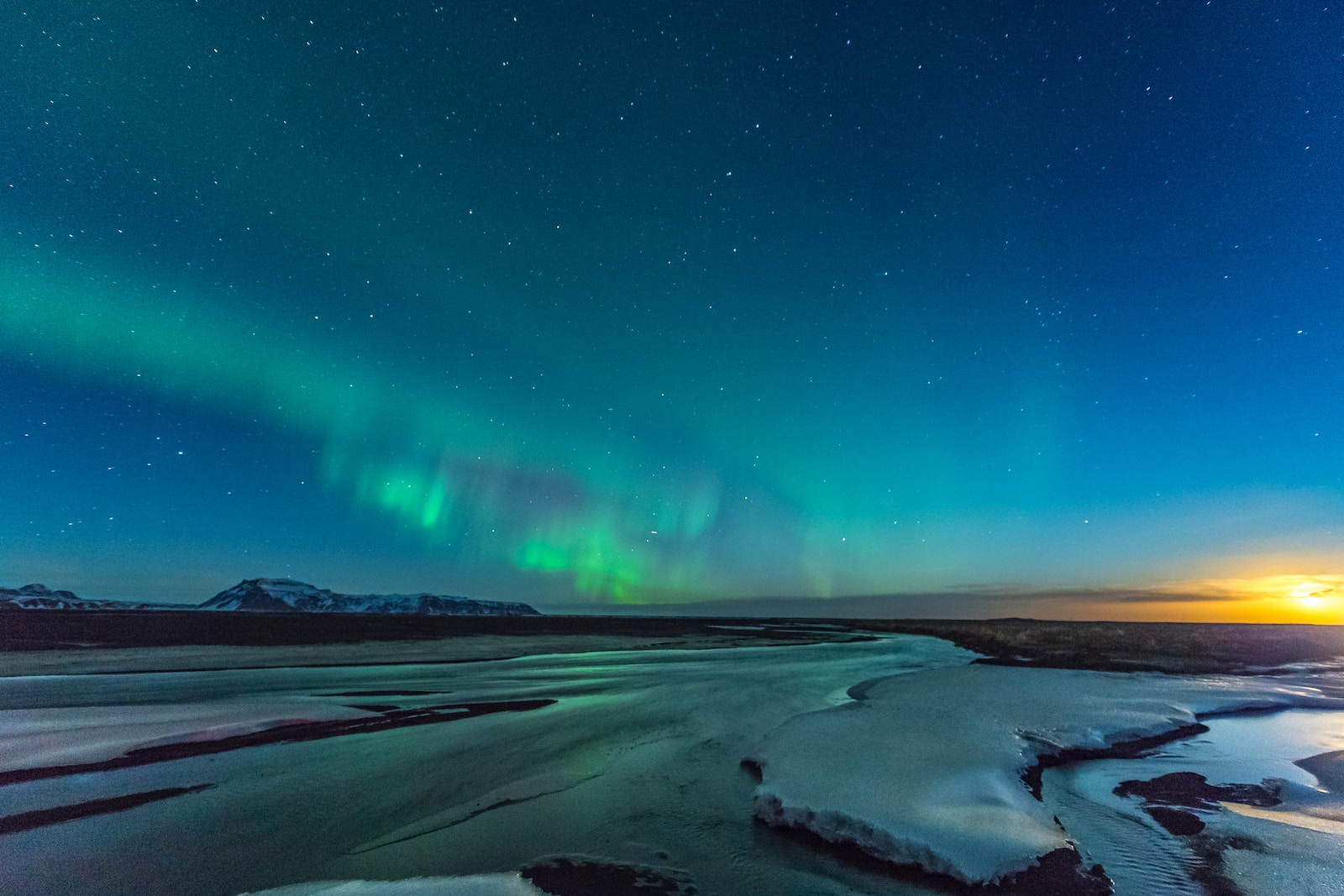Table of Contents
ToggleIntroduction:
While Earth was reeling from intense wildfires, heat waves and flooding this week, the sun was bustling with impressive eruptions from its surface. The incoming bursts of energy caused a radio blackout and could bring aurora Thursday to Friday across the northern reaches of the United States and Europe. In this article, we’ll discuss the solar outburst and the potential for auroras in the northern US.
Solar Outburst and Geomagnetic Storm:
On Monday evening, a solar flare occurred that lasted for nearly eight hours. A solar flare is caused when the magnetic field lines near sunspots (dark spots on the sun’s surface) tangle, cross, and reorganize, causing a sudden explosion of energy that can disrupt radio communications on Earth. The flare can be intense and release a lot of radiation into space.
The lengthy event was seen along with a separate, large expulsion of plasma and magnetic field from the sun, known as a coronal mass ejection (CME), that was headed slightly toward Earth. NOAA forecast that the coronal mass ejection could pass close enough to Earth by Thursday to cause minor (G1) to moderate (G2) geomagnetic storming (on the 1 to 5 scale), which could lead to auroras in the mid-latitudes.
Auroras Potential:
Experts say auroras could appear down to the mid-latitudes. For a moderate geomagnetic storm, the dancing lights could be seen in the Northeast, northern and central Great Plains, and northern Rockies. If the geomagnetic storm ends up on the stronger side of predictions, the curtains of light could appear farther south.
Space weather forecasters first predicted that aurora might be seen Wednesday night, but the geomagnetic storm didn’t arrive until Thursday, on the later end of projections. NOAA forecast that the coronal mass ejection could pass close enough to Earth by Thursday to cause minor to moderate geomagnetic storming, which could lead to auroras in the mid-latitudes.
How Auroras are Created:
Auroras are created when the sun sends a rush of charged particles, such as through solar flares or coronal mass ejections. This burst disturbs Earth’s magnetosphere, a bubble surrounding our planet that protects us from harmful solar radiation. The solar particles collide and compress the magnetosphere, changing the shape and direction of Earth’s magnetic field lines. Some particles get trapped along those magnetic field lines and are accelerated into our upper atmosphere, where they excite molecules and release photons of lights that we see as the aurora.
Potential for Stronger Storms:
In recent months, a few geomagnetic storms have struck Earth stronger than initially forecast and brought beautiful aurora sightings much farther south. Those storms registered as strong to severe, bringing the dancing lights as far south as Arizona.
Murtagh said this geomagnetic storm could end up being stronger than in its official prediction, but forecasters probably won’t know until the storm travels closer. If the magnetic field is in an orientation that clicks with Earth’s magnetic field, then it could induce strong geomagnetic storming. NASA predicts a geomagnetic storm as strong as a G3, depending on the storm’s magnetic orientation, speed, and placement.
Conclusion:
If the geomagnetic storm and auroras end up fizzling out, scientists say, there will be a lot more opportunity for the dazzling light shows in the upcoming year. The sun is approaching a period of maximum activity, during which solar eruptions that can lead to auroras are more plentiful. Scientists predict we may hit the maximum by 2025 and will see more activity as we get closer to that point. In the meantime, sit back and hope for clear skies.







